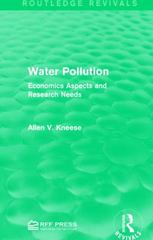Answered step by step
Verified Expert Solution
Question
1 Approved Answer
The decision to save is often a residual decision. To model it consider a world with K goods and denote saving as the K'th good.
The decision to save is often a "residual" decision. To model it consider a world with K goods and denote "saving" as the K'th good. The consumer has in mind a continuous and strictly concave function v (not necessarily increasing!) defined over R-1 where v (x1,..., TK-1) is the value he attaches to the combination of the first K-1 goods. The consumer also has in mind an aspiration level v*. Given a price vector p = (P1,..., PK-1) and wealth level w he maximizes the function v over {(x1,..., XK-1) px w and v (x1,..., XK-1) v*}. If he is left with some wealth he spends it on the K'th good (savings). a. Show that this behavior can be (fully) rationalized by a preference relation over all vectors (X1, ..., XK) R
Step by Step Solution
There are 3 Steps involved in it
Step: 1

Get Instant Access to Expert-Tailored Solutions
See step-by-step solutions with expert insights and AI powered tools for academic success
Step: 2

Step: 3

Ace Your Homework with AI
Get the answers you need in no time with our AI-driven, step-by-step assistance
Get Started


